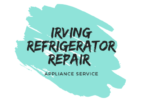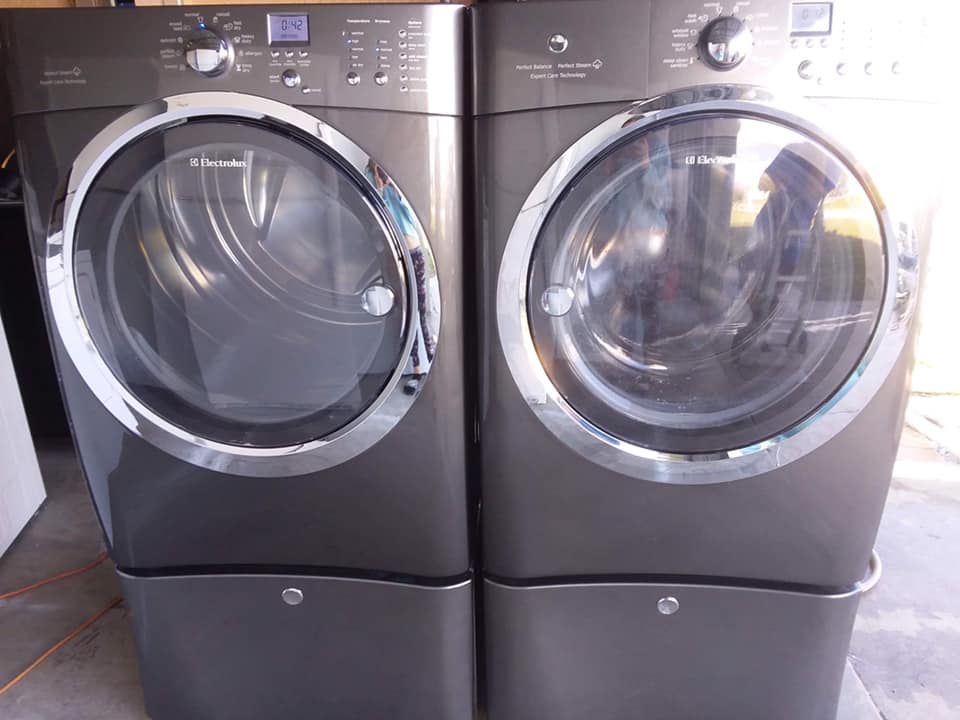This is an advanced topic for our readers about the washer recirculation system. Sometimes through knowledge about the system helps in understanding and troubleshooting the problems easier. Washing machine repair is a common occurrence in our households in Irving, TX. Learning about the Washer Recirculation system makes one pro in washer repair subject
This article is an excerpt from the book called “Cheap and Easy” by “Douglas Emley”
The pump can perform several functions. In all washers, it is used to pump water out of the tub at the end of an agitate or soak cycle. In some washers, it also circulates water during the agitate cycle. It may also provide flush water for a bleach or softener dispenser. Therefore, the pump may be required to pump in two different directions or more during a cycle.
Some brands and/or models accomplish this by using two different pump impellers in one body; the pump body will have two inlets and two outlets. Others use a solenoid-activated butterfly valve in the pump body to re-direct the water flow. Still, others use a direct-reversing pump; the motor driving the pump turns in the opposite direction, and the pump pumps in the opposite direction.
DIAGNOSIS
Sometimes the most obvious answers are the first ones overlooked. If the tub isn’t draining, first check the drain system. Check the drain hose to make sure it isn’t kinked. Also, check any lint filter that may be installed. On some Whirlpool/Kenmore models, there is also a side-check valve at the tub outlet that can get clogged.
There aren’t too many things that can go wrong with a pump. The pump bearings can seize, stopping it from turning. The pump can be jammed by socks or other small items. The impeller blades can break off due to junk entering the pump; if this happens, the pump may seize up, or it may just stop pumping. The usual solution is to replace the pump.
But the symptoms of a pump failure are something else altogether. If the pump locks up, and the motor is still trying to turn it, something’s gotta give. If the pump is belt-driven, the pulley driving the pump may shear off, or the belt may break. The belt may ride over the locked pulley, or the motor pulley will continue turning under the belt; this will burn the belt and possibly break it. There may even be enough tension on the belt to stop the motor from turning.
The symptoms can be confusing. For example, a common complaint about a Whirlpool belt-drive washer is that it isn’t spinning, accompanied by a strong burning smell. The problem is almost always a pump that enters the spin cycle because the spin is interlocked with the drain cycle. This means that the basket won’t start spinning until the water is partially drained. The burning smell comes from the rubber belt, which is riding over the motor pulley or locked pump pulley.
If you suspect that something is jamming the pump, drain the tub and pull the hoses off the pump. Look into the hoses and the pump and pull out whatever is jamming it. If you can’t see anything jamming the pump, feel around the inside of the pump inlets and outlets with a p[air of needlenose pliers. If all else fails, and you still can’t find the jam, pull the pump out of the machine and check it.
For specific information about pump replacement or service, about your brand.
LEAKS
Although there are a few leaks common to all brands, most brands have leaks that are peculiar to their design. GE, Whirlpool, Maytag, and others all have common and well-known leak areas.
A common “leak” zone is not a leak at all; the wall drain backs up and overflows onto the floor. This is commonly misdiagnosed as a leak. It can be difficult to diagnose; the problem may be intermittent. Depending on how badly the drain is clogged, there may be a little water or a lot, or it may only overflow every second or third load. While diagnosing a leak, do not be too quick to write this diagnosis off.
If you suspect that your drain is backing up, but you can’t quite ever be there at the right time to observe the overflow, try this: wrap some toilet paper around the drain hose just above the wall drain pipe. If it backs up, the paper will get wet. Even if you’re not there when it happens and the paper dries out, it will have crinkled up, and you’ll know your drain’s backing up.
If it isn’t the drain, run the machine with a full load. Without moving the machine, get right down on the floor and look under the machine with a flashlight. Try to find the general area where water is dripping to the floor; front or back of the machine, left or right side.
Open the cabinet and look for mineral or soap deposits where there shouldn’t be any. Trace the deposits in the natural direction of water flow (against gravity or centrifugal force) back to the source of the leak. Fill the machine again and run it through a cycle or two. Be patient; use your eyes and your brains. There is no magic, easy way to detect a leak.
The usual places are:
WATER VALVE: The guts of the fill solenoid valve sometimes will corrode. You may see water leaking from, or rust on the top of the solenoid. Since the valves only open during a fill cycle, this may appear as an intermittent leak. The solution is to replace the valve.
PUMP: Usually from around the pulley seal. Some washer pumps have a hole that allows water to weep out when the seal starts to go bad. The solution is to replace or rebuild the pump.
BLEACH DISPENSERS: Bleach is VERY hard on plastic parts. If the bleach dispenser gets old and brittle, it can crack or break off, and the flush water can leak out. But since the dispenser may only be flushed at certain times in the cycle, this will appear as an intermittent leak. The solution is to replace the dispenser, or if you don’t use it anymore, plug the hose and seal the cracked dispenser with RTV( silicone seal).
HOSES: Though hose leaks are a bit less common than other leaks, any hoses with a few too many miles on them may be suspect. Replace the hose.
TUB: If the tub is rotted through, it’s probably time to replace the washer.
Continue reading about “Service Diagnosis“

